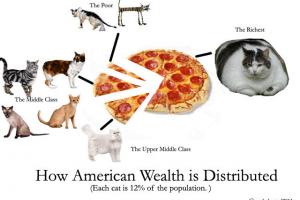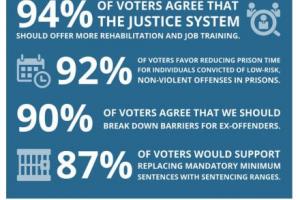U.S. Democracy Stuck in an "Inequality Trap"
Washington Center for Equitable Growth
 The disgraceful history of voter disenfranchisement is no secret. For more than a century, African Americans (and other marginalized groups) were restricted or evendisqualified from voting. Today these practices are formally outlawed, yet we still see patterns in voter turnout that indicate that voting discrimination is alive and well. Non-voters also tend to be younger, less educated, and less affluent than their voting counterparts.
The disgraceful history of voter disenfranchisement is no secret. For more than a century, African Americans (and other marginalized groups) were restricted or evendisqualified from voting. Today these practices are formally outlawed, yet we still see patterns in voter turnout that indicate that voting discrimination is alive and well. Non-voters also tend to be younger, less educated, and less affluent than their voting counterparts.










Spread the word